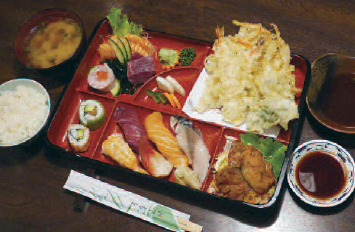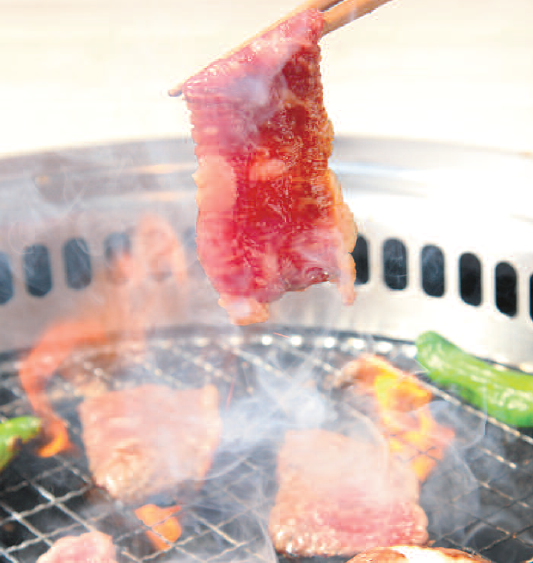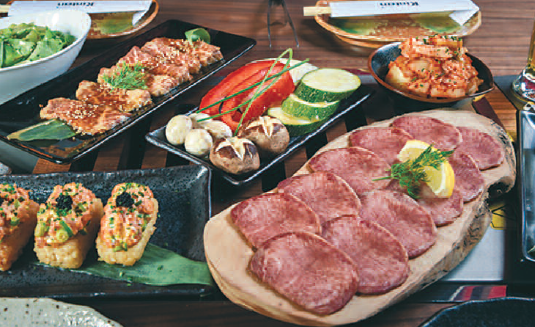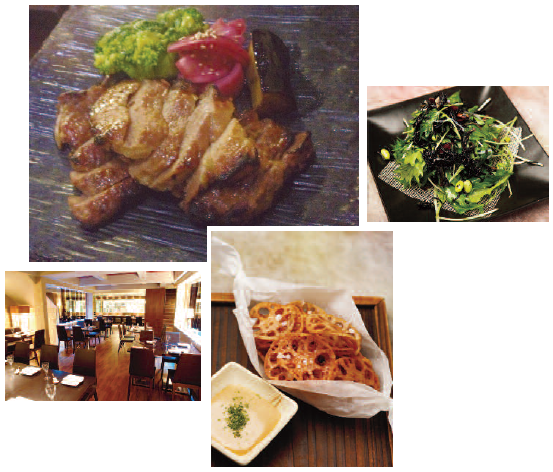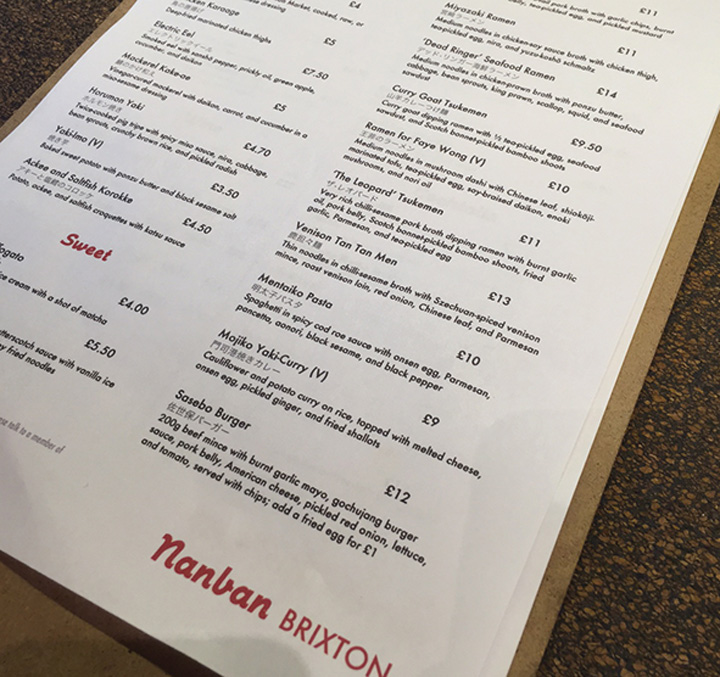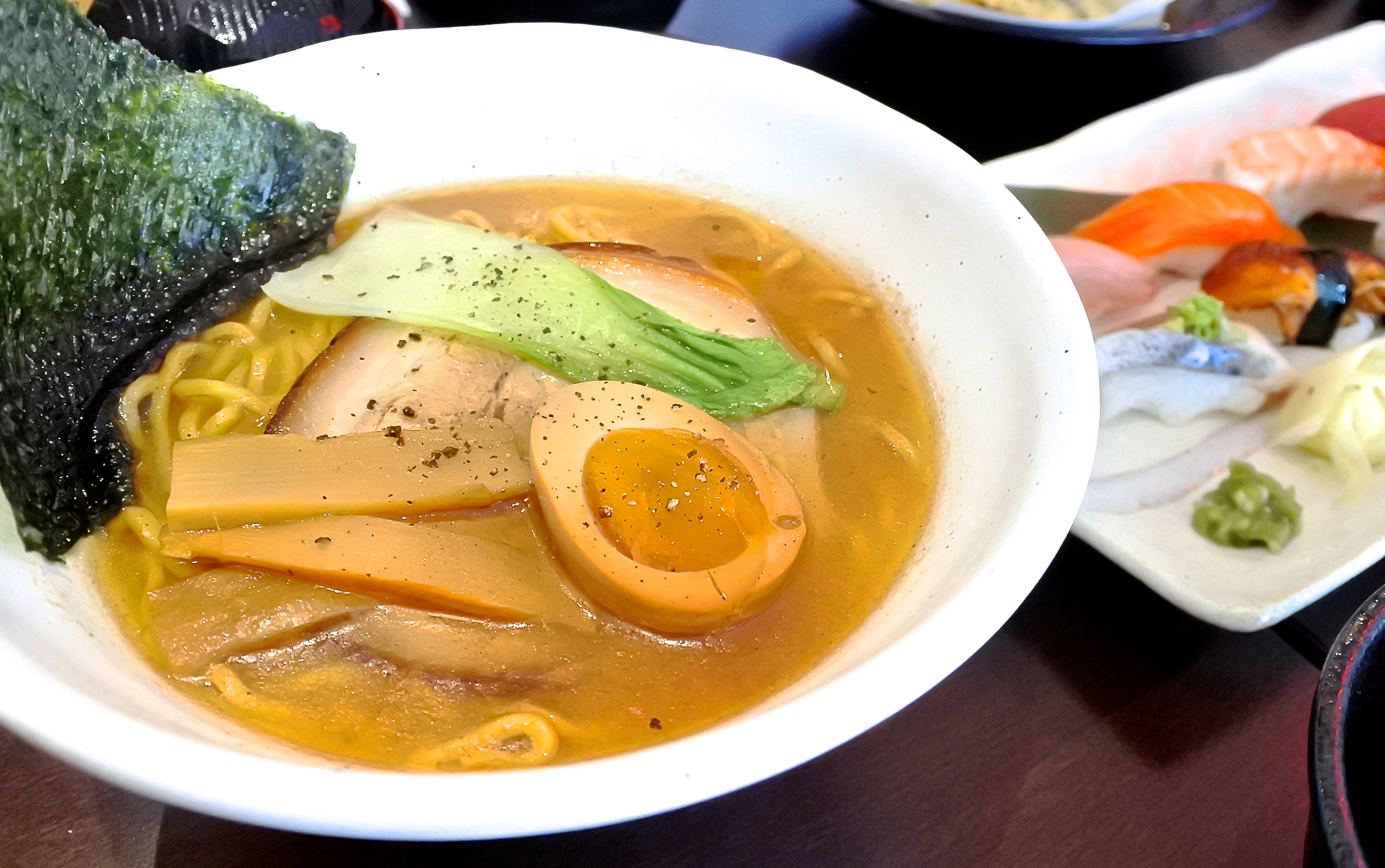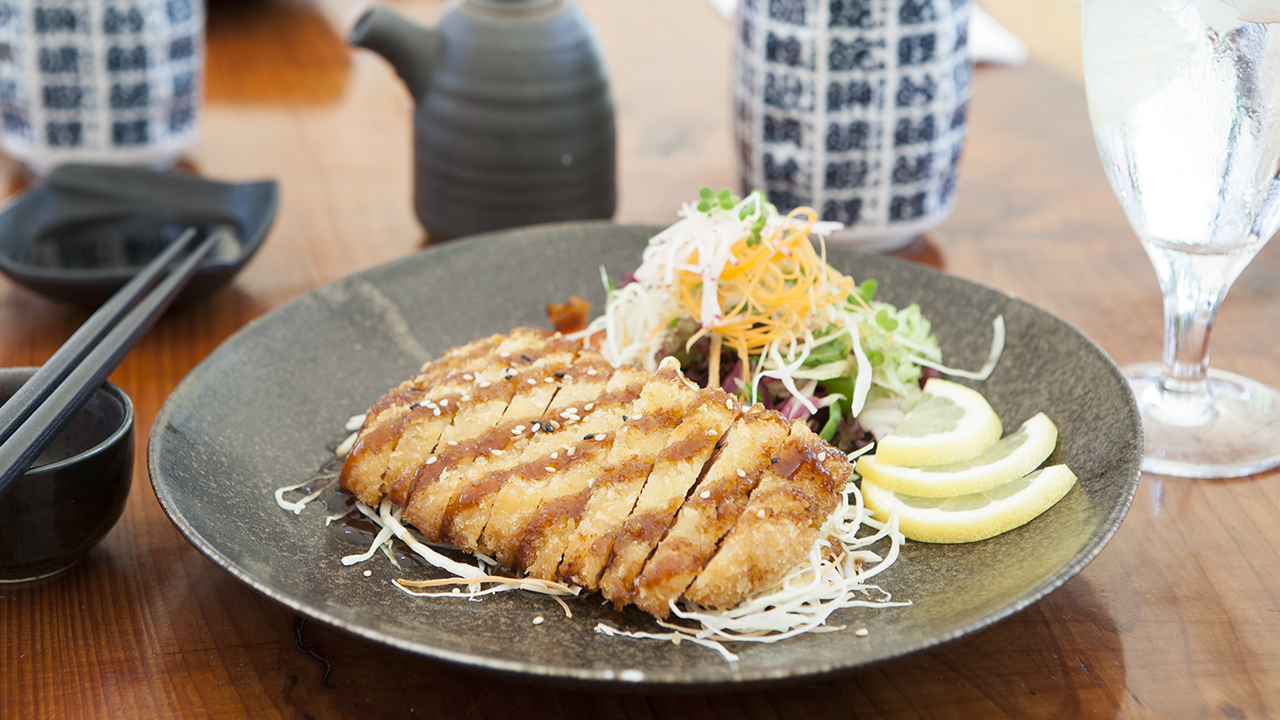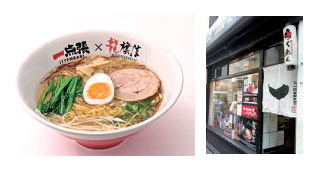
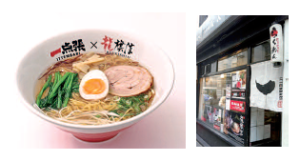 Oodles of noodles at Ittenbari
Oodles of noodles at Ittenbari
There is a scene in the quirky 80s film comedy ‘Tampopo’, where an old ramen master teaches his young pupil the correct way to eat noodle soup. “First you must observe it in its entirety,” explains the aged teacher, “and then caress the noodles with your chopsticks to show affection”. He then instructs his student never to begin with the focal point of the dish, the slices of pork belly known as chashu, but instead to place them to one side, whispering: “see you again soon”! Of course, it’s not necessary to visit the cinema to appreciate a good bowl of ramen, but watching this film does give an idea of how deep the world of this deceptively simple dish can be. Every neighbourhood in Japan seems to have a legendary local ramen restaurant, recommended through word of mouth and with a queue of hungry diners outside. Now at last London may have its own. Ittenbari opened in Soho in March this year. It is partnered with Ryukishin, a small chain of ramen restaurants founded by celebrity chef Matsubara Tatsuji in Sakai, a tough industrial area of Osaka. There are four basic varieties of ramen: shio (salt), shoyu (soy sauce), tonkotsu (pork) and miso (bean paste). At Ittenbari the speciality of the house is shio ramen, the hardest of the four to perfect because of its delicate flavour. Ramen is filling and tasty, but also fast. This is because most of the work goes in to the preparation beforehand. At Ittenbari the soup base and the stock are cooked separately for six hours and flavoured with mussels, prawns, scallops, gobo (burdock root) and a long list of other ingredients. Many of these, such as a special kind of seasalt, are sourced directly from Japan. The dish is finally put together in an open kitchen at the front of the restaurant. Noodles are cooked for exactly 70 seconds (60 if you prefer them hard boiled), added to 360cc of soup stock and topped with spring onions, bamboo shoots, specially prepared boiled egg and the all-important chashu. We tried the shio and shoyu ramen (same base soup but with different stock) and both were delicious and hearty with the shoyu having a stronger taste and the shio a lighter, clearer broth. The seafood flavours, nurtured over those many hours of cooking, are balanced wonderfully and once the noodles, pork and other toppings are gone you can’t resist lifting the bowl and slurping down the last of the soup. We also enjoyed the katsu curry, breaded deep fried pork cutlets, crispy on the outside but moist and succulent within, served with curry sauce, rice and pickles. Ramen restaurants are always relaxed, lively places and Ittenbari is no exception. Ramen is a dish you can’t help but making noise when eating and it goes perfectly with a glass of cold beer and a plate of gyoza (grilled dumplings), although it’s perhaps best not to start talking to your food, even if you are an ancient ramen master!
Alexis Brown
REFERENCE
ITTENBARI
www.ittenbari.co.uk

